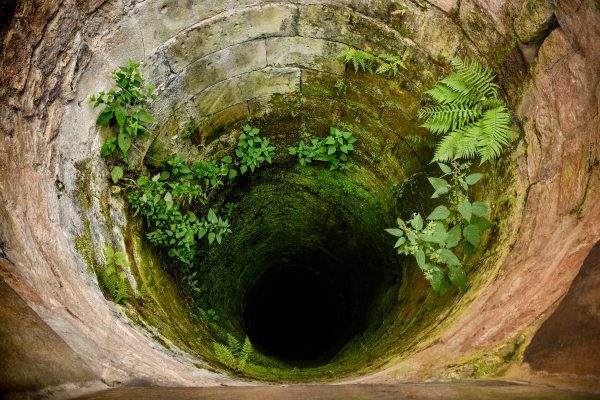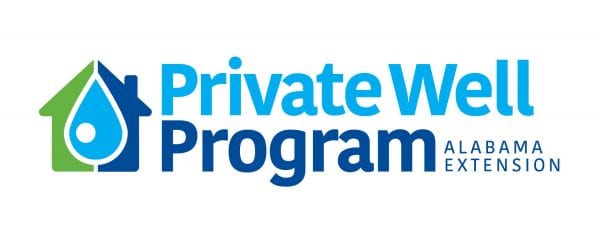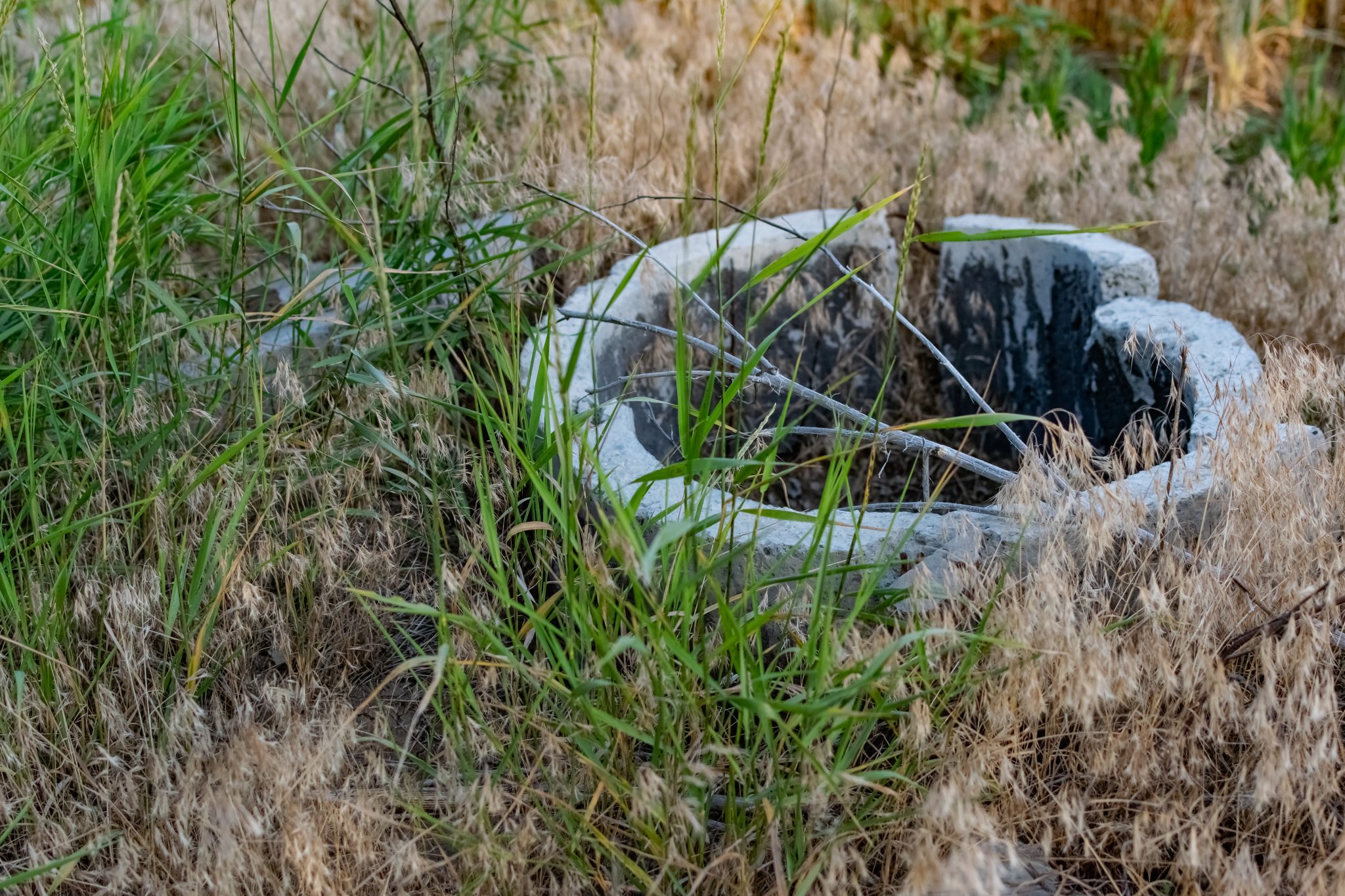Fish & Water

There may be several instances where a landowner needs to decommission a private water well on their property. Taking the time to properly decommission an unused or abandoned well is critical to maintaining a healthy groundwater supply for the landowner and others.
Why is it important?
Closing an abandoned well accomplishes four things.
- eliminates physical hazards (falling into the well)
- prevents groundwater contamination from occurring by having things fall or flow into the well
- helps conserve aquifer yield and hydrostatic head
- helps prevent intermixing of subsurface water
Wells that are unused and have been improperly decommissioned (abandoned) pose a serious risk to Alabama’s groundwater quality. Improperly decommissioned wells provide a direct conduit for contaminated surface waters to enter groundwater. A well is a direct line from the surface of the Earth to groundwater hundreds of feet below. The threat of contamination is heightened since the surface water can move directly into groundwater, bypassing the filtering action of the soil. Extremely high levels of biological and chemical contamination can be reached quickly. Contaminated wells can impact an individual’s personal water supply and the water supplies of some or all of the other well owners in the area if they draw from the same aquifer.
People have been known to use abandoned wells as disposal troughs for dumping sewage and other hazardous materials directly into groundwater. This is absolutely not acceptable and will directly contaminate the drinking water. Keep in mind, individual water supply wells are usually relatively shallow in depth and serve one to several households with enough water for domestic purposes. A capped well is not considered a closed/decommissioned well because it could be rehabilitated and put back in service at a later date.
Locating Lost Wells
 In many cases, abandoned wells are long forgotten and difficult to locate. Some indicators of old wells may be pipes sticking out of the ground, old well houses, depressions in the ground, or the presence of concrete pits.
In many cases, abandoned wells are long forgotten and difficult to locate. Some indicators of old wells may be pipes sticking out of the ground, old well houses, depressions in the ground, or the presence of concrete pits.
Sealing an Abandoned Private Well
The safest way to seal an abandoned well is to contact a licensed well driller to do the job. Visit wellowner.org to view a list of well contractors in Alabama.
The Alabama Department of Environmental Management (ADEM) provides guidance on how to deal with abandoned public, private, and monitoring wells, but the following information only covers private wells. Visit ADEM’s website to view their guidance.
The most appropriate method of well decommissioning should be made after considering the following:
- the casing material
- casing condition
- diameter of the casing
- quality of the original seal
- depth of the well
- well plumbing
- hydrogeologic setting
- the level of contamination and the zone or zones where contamination occurs
A licensed well driller will be helpful at making these assessments. Well construction documents, maintenance records, and other available data for the water well shall be collected, reviewed, and included in a well decommissioning plan, so owners should gather these records together beforehand if possible.
Before sealing a well, the type and depth of the well should be determined. People should remove anything obstructing the well beforehand. Under no circumstances should any part of the casing be allowed to remain above the surface after sealing. The well shall be cleared of all pumping equipment, valves, pipelines, grease, oil, scum, debris, and other foreign material. Casings, liners, and screens should also be removed in the process.
Water wells that are being decommissioned because of bacterial contamination should be disinfected first. For more information on using shock chlorination to disinfect well water, read Flooded Wells: Shock Chlorination on the Alabama Extension website.
Recording the Decommissioning Process
A record of the decommissioning process should be made and should include the following information:
- location of the decommissioned well by Global Positioning System (GPS), latitude/longitude, township/range, or other georeferencing convention, of such precision that it can be readily re-located
- date of completion of well decommissioning
- name of landowner
- name, title, and address of the person responsible for well decommissioning
- the total depth of the well
- length of casing
- length of the casing removed or length of casing cut off below ground level
- lengths of casing ripped or perforated and method used
- inside diameter of well-bore or casing
- type of casing material
- static water level measured from the ground surface prior to decommissioning
- photographs before and after decommissioning
- types of materials used for filling and sealing, quantities used, depth intervals for emplacement of each type, and emplacement method used
All other pertinent information based on site conditions and any other problems encountered during decommissioning should also be documented in detail.
More Information
For more resources for private well owners, visit the Private Well Program webpage at www.aces.edu.


